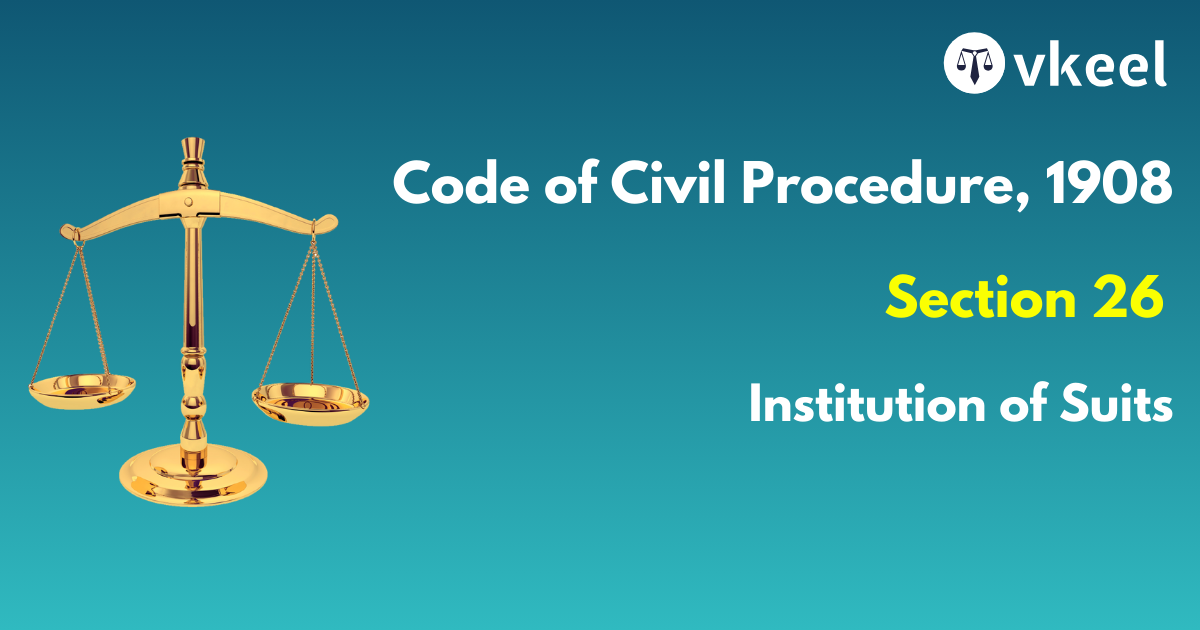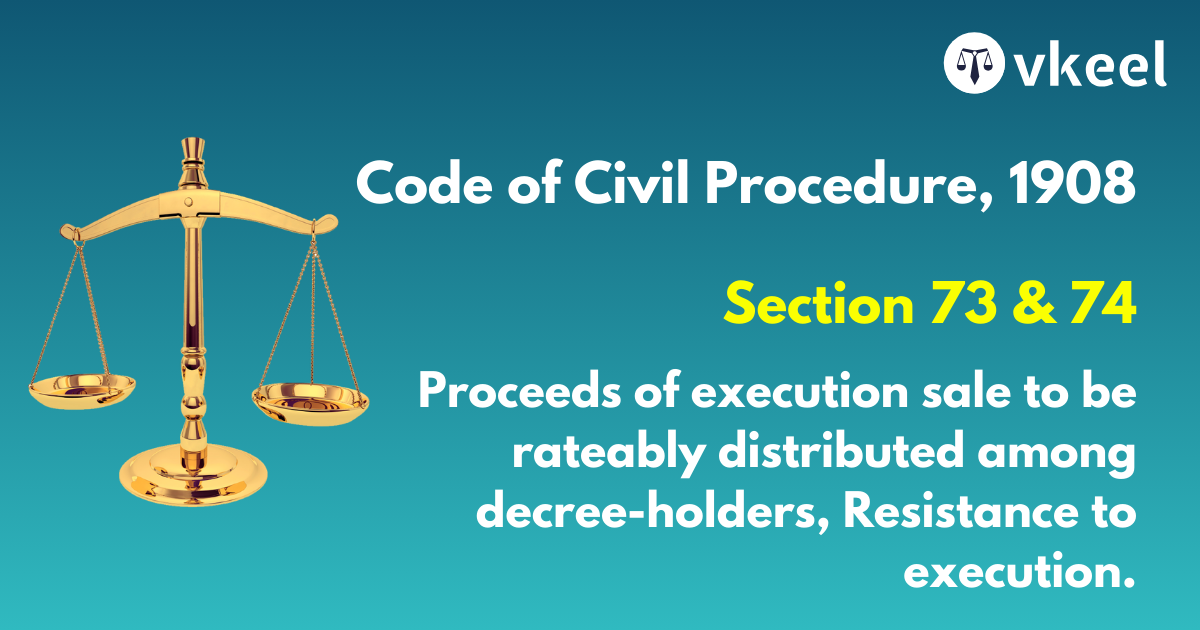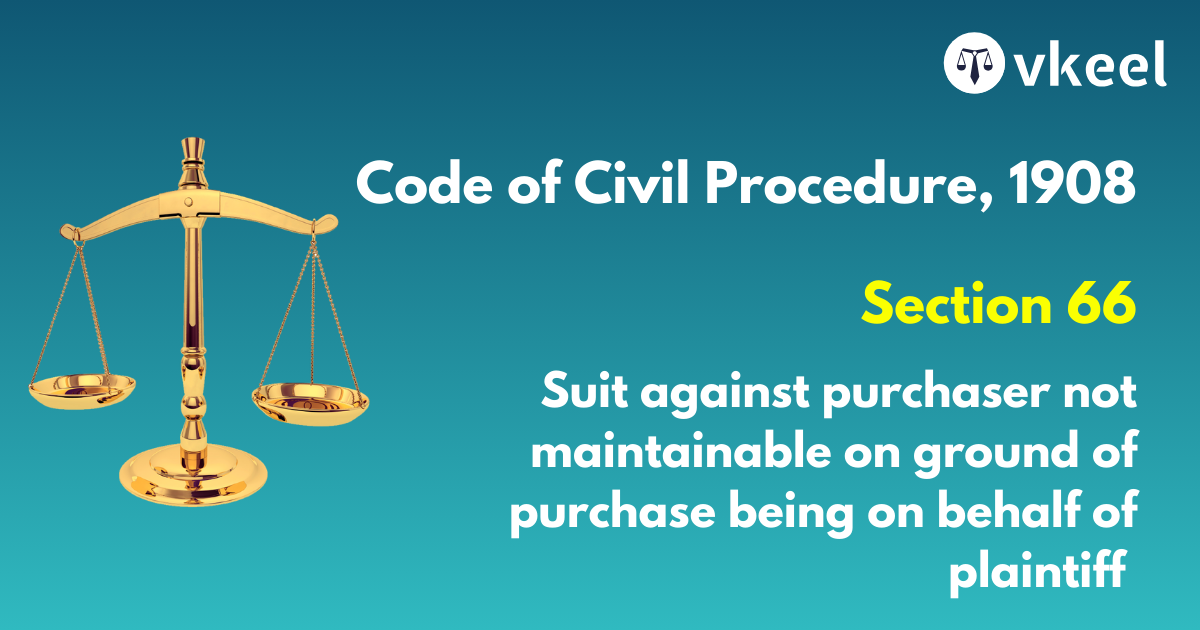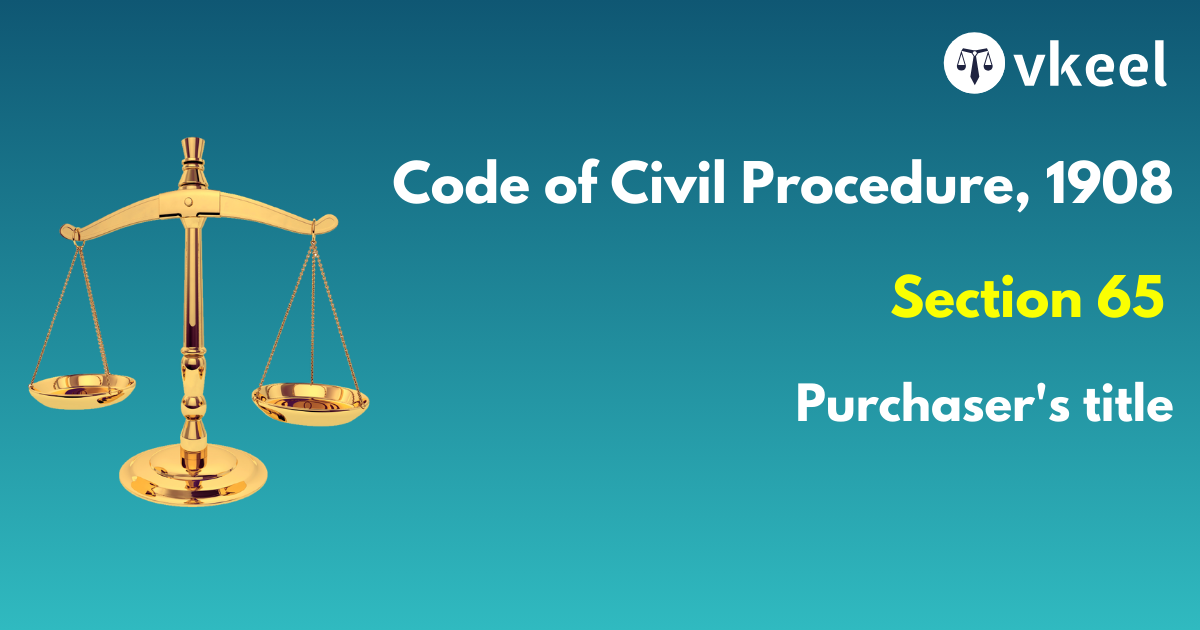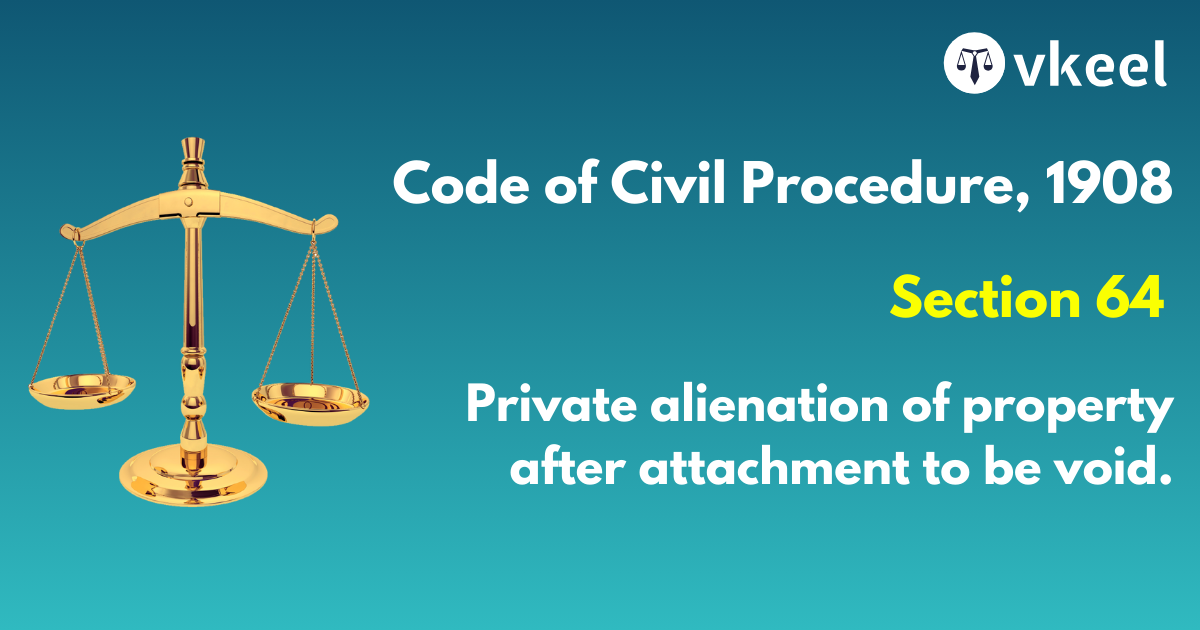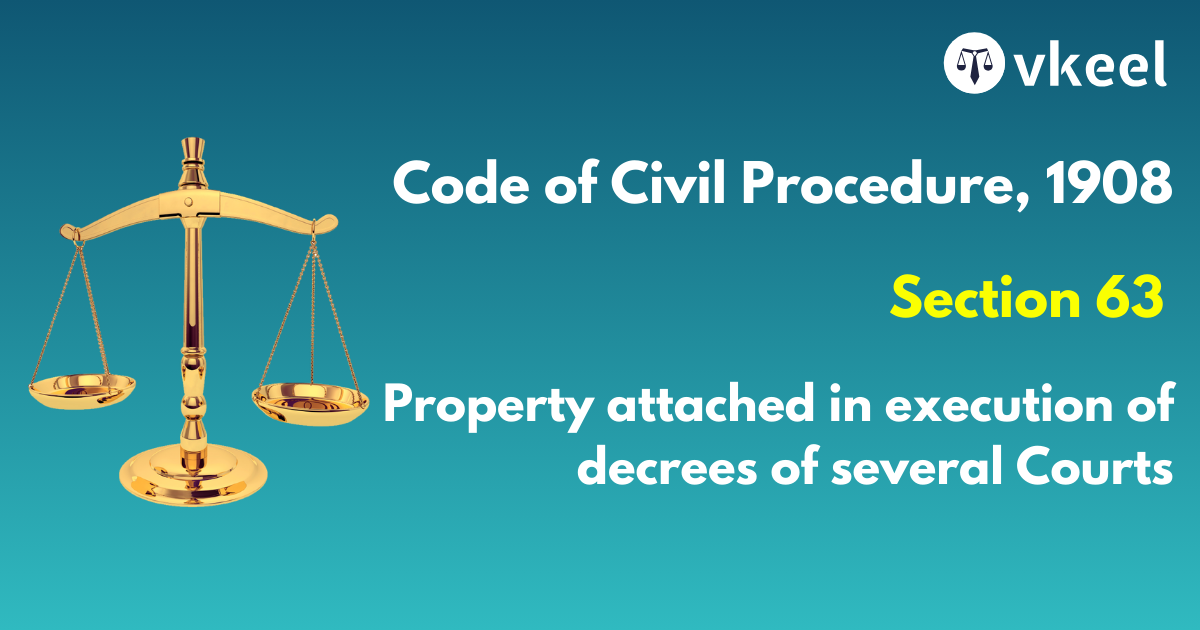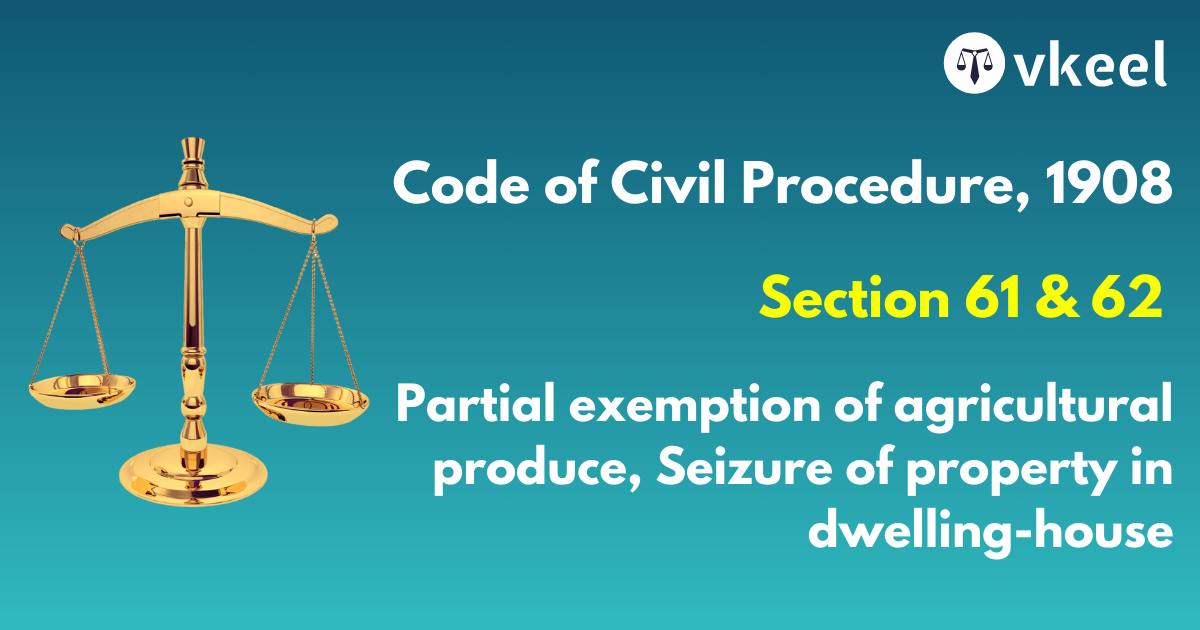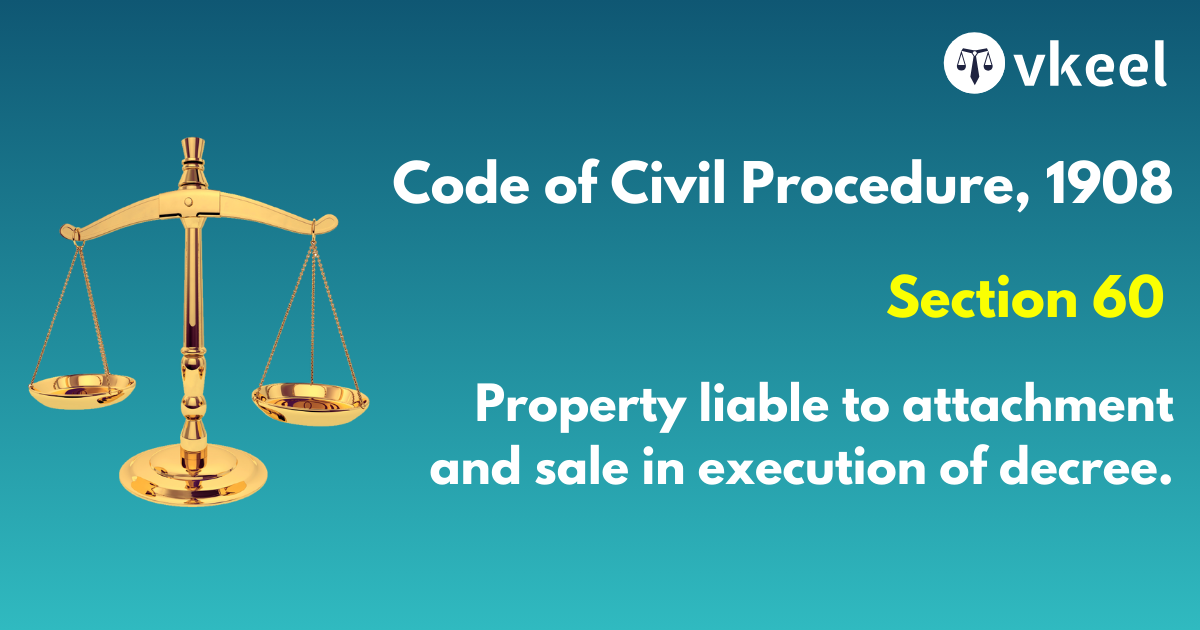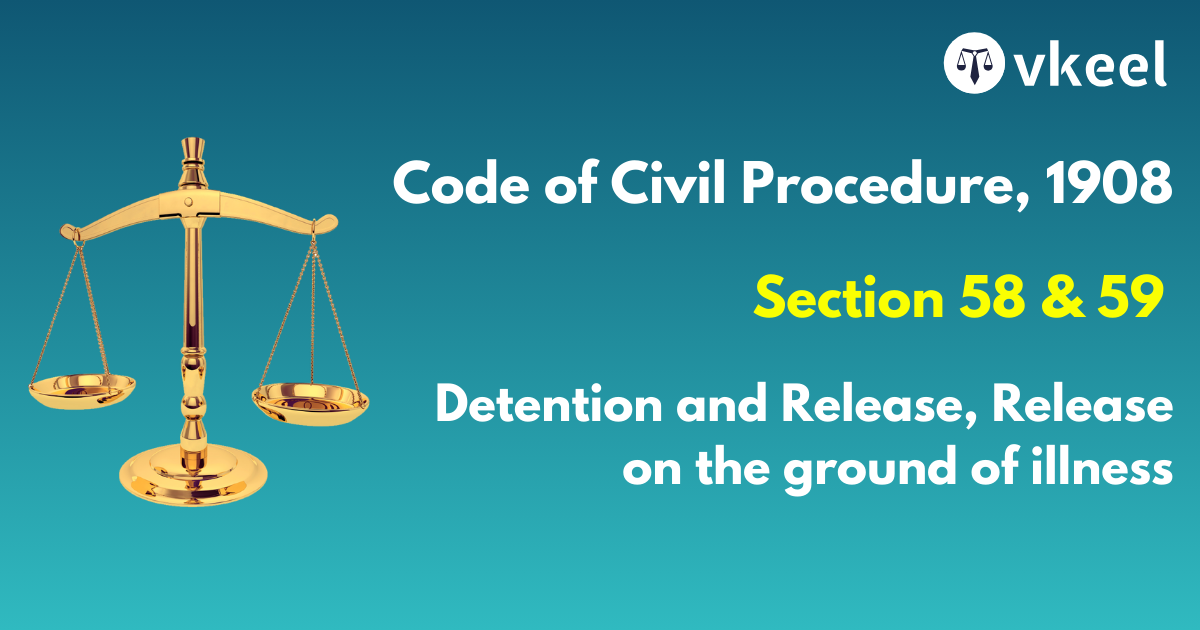Section 26 of the Code of Civil Procedure,1908
By Joy Puri
Introduction
The Section 26 of the Code of Civil Procedure talks about the institution of the Suits thereby proving itself as the stepping stone to the concerned matter.
The section 26 of the Code of Civil Procedure further describes that the suit shall be instituted in the courts of law only by the presentation of the plaint or by any other manner which is prescribed by the law being in force.
Furthermore, the section 26 of the Code of Civil Procedure entails that the stepping stone to the institution of suit, the plaint, has to contain all the facts of the respective case which are to be backed by an affidavit.
The affidavit in the respective matter should try to contain the genuineness of the claim made by the plaintiff and the document on which he relies upon to establish his claim. Thereafter, If all the things are stated in the affidavit there may not be any need to have oral evidence.
The suit will have to be decreed on the basis of the averments made in the affidavits unless they are contradicted by the opposite party. In short, the affidavit must speak for itself.
Section 26 of the Code of Civil Procedure
Institution of Suits:
(1)] Every suit shall be instituted by the presentation of a plaint or in such other manner as may be prescribed.
(2) In every plaint, facts shall be proved by affidavit.
Landmark Case Laws
State Trading Corporation of India Ltd. Vs Govt. of Peoples Republic of Bangladesh
The Delhi High Court Stated “Section 26 of CPC provides every suit shall be instituted by presentation of plaint or in such other manner as may be prescribed. Thus presentation of plaint is institution of suit. An enquiry whether the Court has jurisdiction in any particular case is not an exercise of jurisdiction over the case; it is an investigation as to whether the conditions of cognizance are satisfied. A Court is clothed with jurisdiction to see whether it has the jurisdiction to try the case submitted to it. Of necessity, it has the jurisdiction to pass interlocutory orders and grant interim reliefs pending conclusion of such inquiry. Any other view of law may result in the suit itself being frustrated for want of such interlocutory/ad interim orders, though at the end of the inquiry the court may conclude in favour of the plaintiff.”
Bhakti Hari Nayak Vs Vidyawati Gupta, 2005
Where the plaint filed is not accompanied by affidavit as required by the provisions of O IV, rule 1, there would be no due institution of the plaint, the same is non est in the eye of law. When the defect is removed, namely the affidavit is filed, the plaint is deemed to be properly instituted, but the rectification would not relate back to the period when in view of the deeming clause, there was no due institution of the plaint.
Beg Raj Singh Vs State of UP, 2003
The ordinary rule of litigation is that the rights of the parties stand crystallized on the date of commencement of litigation and the right to relief should be decided by reference to the date on which the petitioner entered the portals of the court.
Jugal Kishore Vs Dhanno Devi (Dead) by L,1973
Section 26 of the Civil Procedure Code provides how a suit is to be instituted in a civil court. Every suit, as stated in that section, shall be instituted by the presentation of a plaint or in such other manner as may be prescribed. On January 2, 1948, the plaintiff had presented an application for permission to sue under Order 33 CPC. It was not a suit instituted by the presentation of a plaint. But the suit was obviously instituted in a manner prescribed by Order 33. Rule 1 of Order 33 provides “Subject to the following provisions any suit may be instituted by a pauper”.
Renu Khhullar Vs Aaron @ Arun Bhandari and Others
There is no doubt that Section 26 of CPC requires that when a suit has been instituted on the presentation of a plaint, the summons be issued to the respondents in terms of Section 27 of CPC. The mandate of Section 26 of CPC is to issue summon when a plaint is presented, supported by an affidavit.
Conclusion
The Section 26 of the Code of Civil Procedure thereby boosts the justice delivery system of the country as it presents itself as the medium of reporting the wrongdoings with regards to the civil matters arising in the nation.
Disclaimer:
The information provided in the article is for general informational purposes only, and is not intended to constitute legal advice or to be relied upon as a substitute for legal advice. Furthermore, any information contained in the article is not guaranteed to be current, complete or accurate. If you require legal advice or representation, you should contact an attorney or law firm directly. We are not responsible for any damages resulting from any reliance on the content of this website.

